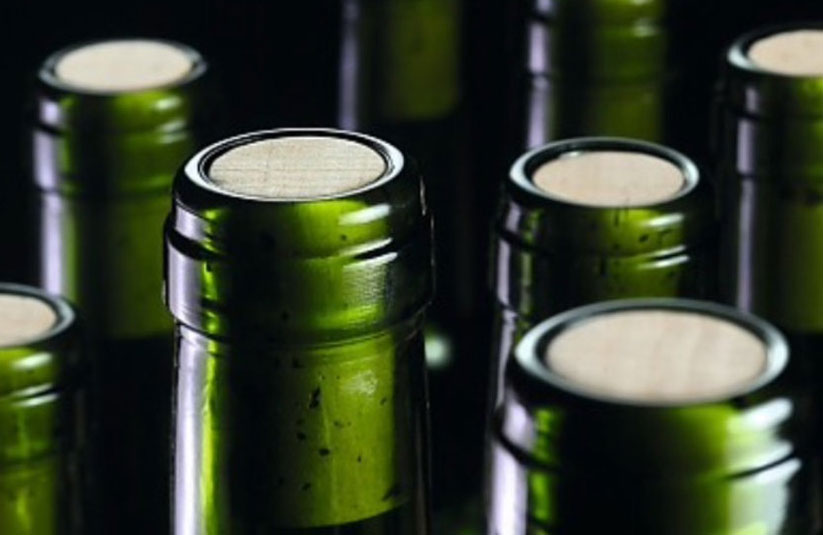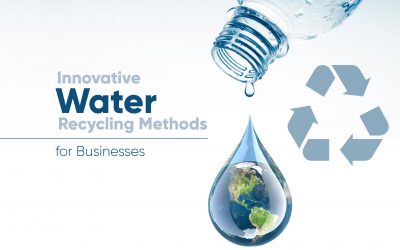Know About Cork Export Business – Sample Business Plan
Cork is a buoyant material that is harvested from Quersus Suber (Cork Oak) which is primarily found in Southwest Europe and northwest Africa. Cork is used in a variety of products, but as we all know, the most common use for cork is as a wine stopper. Other uses include flooring, shoes, shuttlecocks, woodwind instruments and insulation. The cork industry is generally considered to be an environmental friendly and sustainable industry, the cork is harvested from the cork oak by gently stripping the outer layer of bark without harming the tree. Cork products can also be easily recycled. The first cork removal is done when the tree reaches 25-30 years of age. A tree can go on bearing cork for over 200 years.
Portugal is the world’s largest producer and exporter of Corks. For this reason, the cork industry is the key element in Portugal’s economy. 90 per cent of the cork produced is for the global market and only 10 per cent is for local consumption.
Documents Required For Exporting Cork
When it comes to selling and exporting corks, the buyer might ask for a certificate of origin. Be prepared with the required documents well in advance to avoid major inconveniences and loss.
The documents generally required are:
- Authorized documents stating your Import/Export (IE) code
- Certificate of Origin (an exporter wishing to send goods to an Arab state must use an Arab- Irish Certificate of Origin)
- List of authorized signatories on company letterhead
- Certificates of Analysis
A great deal of research is underway to develop new uses for cork. New applications mean new business and investors are always ready to invest and back in innovative ideas.
Understand the Manufacturing Process
For such a large scale production business it is vital to understand the complete procedure of manufacturing coke for chosen purposes.
Using a specially designed hatchet, the harvester slices through the cork layer on the trunk of the tree. Using the wedge-shaped handle of the hatchet, the harvester strips each panel of cork from the tree. There is also a process of curing till the planks have flattened out and lost about 20% of their original moisture content. Then the planks are removed from the vat, a hoe-shaped knife is used to scrape off the poor-quality outer layer of cork. Lastly, the cork planks are trimmed to a uniform, rectangular shape and are sorted by quality. The finest quality material to be used to make natural cork products like wine bottle stoppers. Poorer quality material is grounded and used to make composition or agglomerated cork.
Cork Production, unfortunately, is not for either faint-hearted or inexperienced people.
Choose What You Want To Sell
Among the many products made from cork are flooring materials (e.g., linoleum), shoe insoles, roofing panels, gaskets, safety helmet liners, bottle stoppers, dartboards, bulletin boards, and cores for golf balls and baseballs. Many artificial materials have been developed to substitute for cork in specific applications. For example, a synthetic pea in a referee’s whistle, foam insoles for shoes, or Styrofoam life preservers. However, no other substitute has been able to work as good as a cork as it can be used in multiple applications.
Advertising On Your Website For Global Recognition
Since there is a requirement for cork products and no other product can successfully replace it, cork, therefore, has a huge market throughout the world. Also, when you are working so hard to manufacture it, you must invest some time and money to promote it on a specialized website. You can also add online shopping for the products. Your website will showcase your effort to produce this wonderful material and will help customers to select what they like at the click of a button.
Contact our Business consultants for more about Know About Cork Export Business














Thanks for the blog post.Much thanks again. Really Cool.
Thanks again for the article post.Much thanks again. Really Cool.